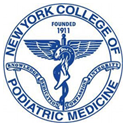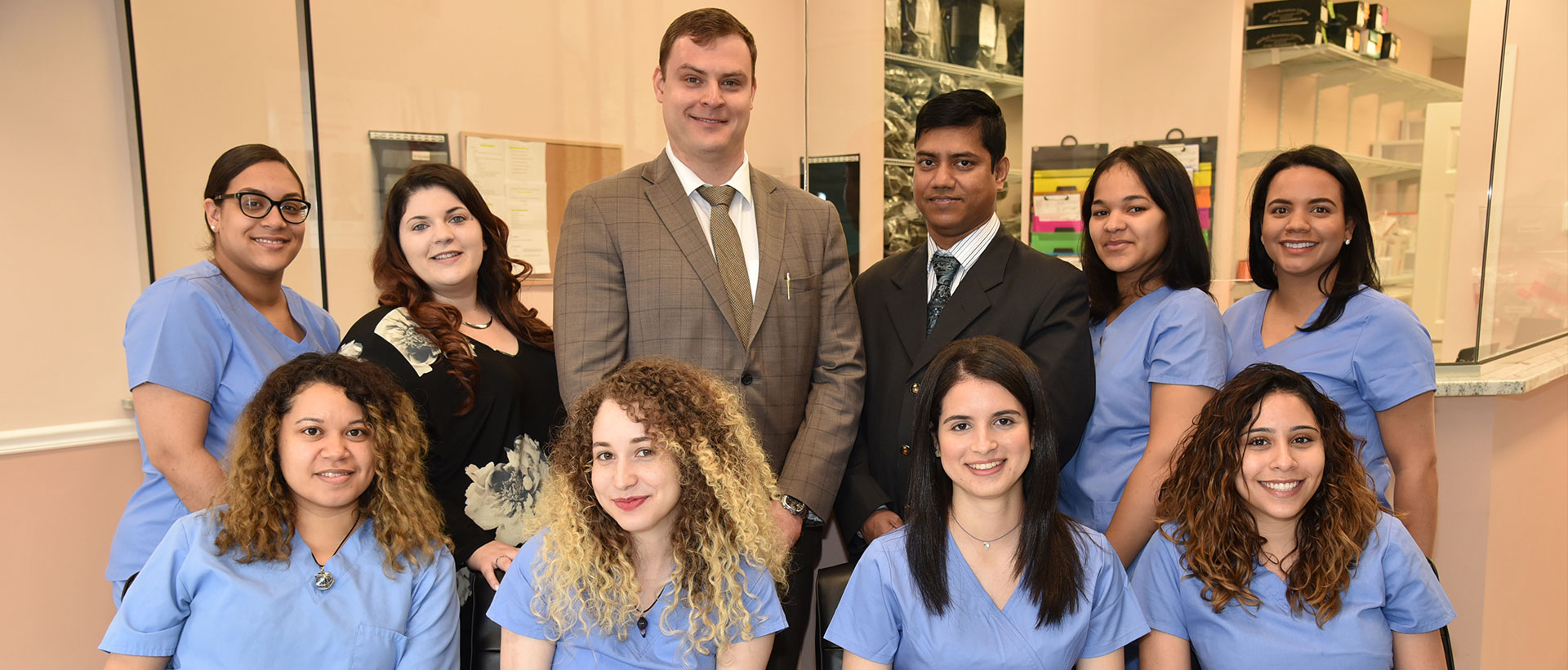Ingrown toenails, medically known as onychocryptosis, are a common foot ailment that can cause significant discomfort and inconvenience for those affected. This condition occurs when the edge of a toenail grows into the surrounding skin, leading to pain, redness, inflammation, and sometimes, infection. Ingrown toenails most commonly occur on the big toe, but they can also affect other toes. While ingrown toenails can sometimes resolve on their own, proper care and treatment are essential to prevent complications and ensure a swift recovery. In this comprehensive article, we will delve into the intricacies of ingrown toenails, including their causes, symptoms, treatment options, and address frequently asked questions surrounding this bothersome foot condition.
About Ingrown Toenails
Ingrown toenails develop when the nail plate, often due to improper trimming or pressure, grows into the surrounding soft tissue, piercing the skin. This penetration triggers an inflammatory response, leading to the characteristic symptoms of pain, redness, swelling, and possible infection. Several factors can contribute to the development of ingrown toenails, including:
- Improper Nail Trimming: Cutting the toenails too short or rounding the edges can encourage the nails to grow into the skin.
- Injuries: Trauma to the toes, such as stubbing or crushing injuries, can cause the nails to grow abnormally.
- Fungal Infections: Fungal infections can cause thickened nails, increasing the likelihood of ingrown toenails.
- Toe Deformities: Conditions like hammertoes or bunions can alter the shape of the toes, making ingrown toenails more likely.
- Tight Footwear: Wearing ill-fitting shoes, especially in the toe area, can exert pressure on the nails and promote ingrown toenails.
- Genetic Predisposition: Some individuals may have a genetic tendency to develop ingrown toenails.
Ingrown toenails can occur at any age, but they are more common in teenagers and young adults. Additionally, individuals with diabetes, poor circulation, or compromised immune systems may face an increased risk of complications from ingrown toenails.
Common Symptoms of Ingrown Toe Nails
The hallmark symptom of an ingrown toenail is pain, which typically originates at the affected edge of the toenail. The pain can range from mild discomfort to severe throbbing, depending on the extent of inflammation and infection. Other common symptoms include:
- Redness and Swelling: The skin around the ingrown toenail may become red, tender, and swollen.
- Inflammation and Warmth: The affected area may feel warm to the touch due to the inflammatory response.
- Pus or Drainage: In more severe cases, the ingrown toenail may become infected, leading to the formation of pus or drainage.
- Difficulty Wearing Shoes: Ingrown toenails can make it painful to wear closed-toe shoes, as the pressure exacerbates the discomfort.
- Formation of Overgrowth: Over time, the skin may overgrow the ingrown toenail, forming a fleshy, tender mass known as a granuloma.
How to Treat Ingrown Toe Nails
Treatment options for ingrown toenails rely on the seriousness of the condition. For mild cases, home remedies may be effective in easing discomfort and promoting healing. However, if the ingrown toenail is severe, persistent, or infected, it is crucial to seek professional medical care. Here are some common treatment options for ingrown toenails:
- Warm Soaks: Soaking the affected foot in warm water with Epsom salts can help reduce inflammation and provide pain relief. This should be done several times a day for about 15-20 minutes each time.
- Proper Nail Trimming: Trim the toenails straight across, avoiding rounded edges or cutting them too short. This prevents further irritation and encourages proper nail growth.
- Lifting the Nail: Using a small piece of cotton or dental floss, softly lift up the ingrown edge of the nail away from the skin. This can help the nail grow in the correct direction.
- Topical Antibiotics: For mild infections, applying topical antibiotics can help prevent further infection and promote healing.
- Pain Medications: Over-the-counter pain relievers like ibuprofen or acetaminophen can help manage pain and reduce inflammation. However, individuals should consult a healthcare professional before taking any medication, especially if they have pre-existing medical conditions or allergies.
- Antibiotics: If the ingrown toenail becomes infected, oral antibiotics may be prescribed by a healthcare professional.
- Partial Nail Removal: In cases of severe or recurrent ingrown toenails, a podiatrist may perform a partial nail avulsion, a minor surgical procedure to remove the affected portion of the nail.
- Nail Matrix Ablation: For chronic or recurring cases, a podiatrist may consider nail matrix ablation, a procedure to prevent the regrowth of the ingrown portion of the nail.
Ingrown Toe Nail FAQs
Can I cut out an ingrown toenail at home?
Attempting to cut out an ingrown toenail at home can lead to further complications and infection. It is best to seek professional medical care for proper evaluation and treatment.
Can I wear open-toe shoes with an ingrown toenail?
Open-toe shoes may provide temporary relief by reducing pressure on the affected area. However, it is essential to address the ingrown toenail properly to prevent complications.
Will an ingrown toenail go away on its own?
Mild cases of ingrown toenails may resolve on their own with proper care and treatment. However, persistent or severe cases require medical attention.
Can I continue to exercise with an ingrown toenail?
Engaging in physical activities that put pressure on the affected toe may exacerbate the pain and inflammation. It is best to avoid high-impact activities until the ingrown toenail heals.
How can I prevent ingrown toenails from recurring?
Proper nail trimming, wearing well-fitting shoes, and maintaining good foot hygiene can help prevent the recurrence of ingrown toenails.
Can ingrown toenails be a sign of a more serious condition?
Ingrown toenails can lead to infection and complications if left untreated. It is essential to seek medical attention promptly to prevent further problems.
Can I treat an infected ingrown toenail at home?
Infected ingrown toenails require medical attention. Attempting to treat the infection at home can worsen the condition.
Are ingrown toenails hereditary?
While the tendency to develop ingrown toenails can have a genetic component, other factors like nail trimming habits and footwear choices also play a role.
Can wearing high heels cause ingrown toenails?
Wearing ill-fitting shoes, including high heels, can increase the risk of developing ingrown toenails due to pressure and friction on the toes.
Is it normal to have a little pain after a partial nail removal procedure?
Mild discomfort after a partial nail removal procedure is normal and can be managed with pain medications as prescribed by the healthcare professional.
Ingrown toenails are a common foot condition that can cause pain and discomfort. Proper nail care, appropriate footwear, and timely medical attention can help prevent and treat ingrown toenails effectively. If you experience persistent or severe symptoms, it is essential to consult a healthcare professional or a podiatrist for a proper evaluation and personalized treatment plan. Remember, self-care measures are beneficial for mild cases, but professional care is crucial for more severe or infected ingrown toenails. Always prioritize foot health and seek professional advice for any concerns regarding your feet and toes.















